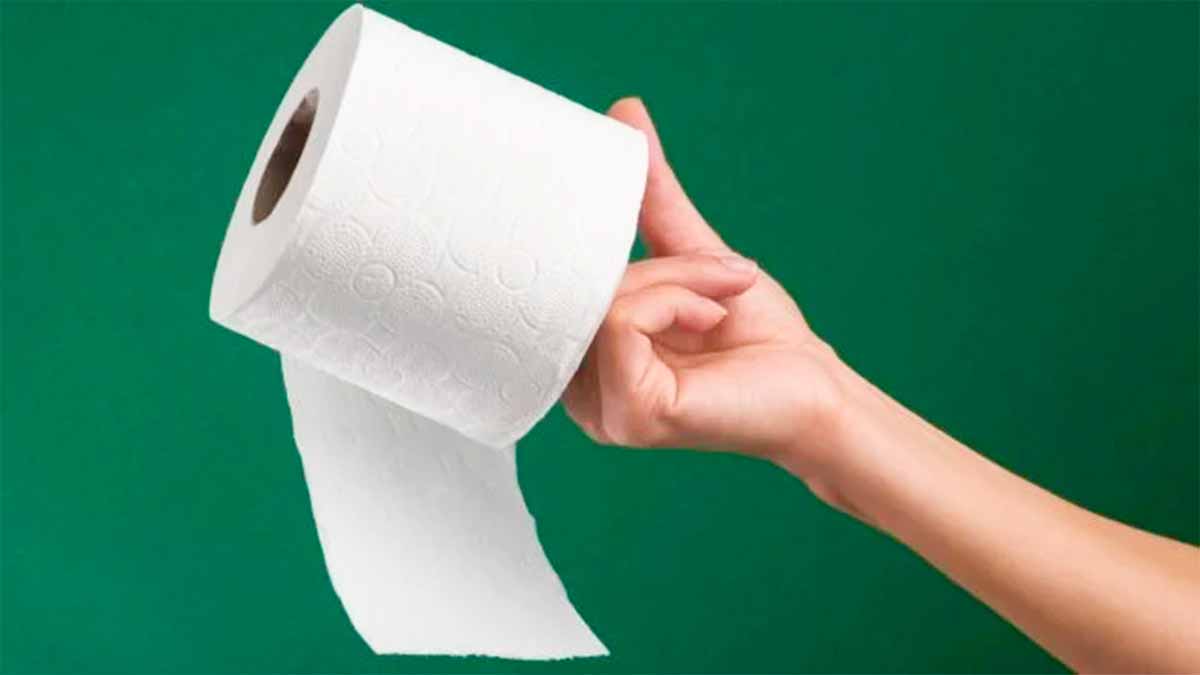Practices transform rapidly when convenience, wellness, and environmental concerns align harmoniously. Throughout restrooms, the traditional toilet paper product no longer establishes the benchmark. A softer, more hygienic approach emerges silently, supported by straightforward innovation and practical advantages. It minimizes discomfort, decreases consumption, and becomes instinctive following brief exposure. The transition starts domestically, expands via personal recommendations, and eventually reorganizes regular activities. Since it generates savings long-term, interest swiftly develops into routine.
Why dry wiping is losing ground in bathrooms
Producing bathroom paper drains forests, energy, and water on a shocking scale. Millions of trees feed short-lived rolls, while mills consume vast volumes of freshwater during pulping. Bleaching adds chemicals that later enter rivers and soils. Transport, packaging, and waste collection then multiply the footprint that households rarely see daily.
Dry wiping often leaves residue, especially after loose stools, so cleanliness remains partial. Dermatologists warn that repeated friction irritates skin and can open micro-tears. That irritation stings, inviting bacteria and discomfort. People normalize the redness and itching, yet those signals point to a method that cleans poorly and stresses tissues.
For people with hemorrhoids, fissures, or sensitive post-surgery areas, paper brings sharp discomfort. Abrasive fibers catch on skin, raise swelling, and prolong recovery. Even healthy users notice chafing after very frequent wiping. Switching the cleaning method reduces friction at its source, so the area calms, heals faster, and stays comfortable.
What replaces toilet paper: the rise of water-cleaning
Modern washlets send a gentle, precise stream that cleans thoroughly without rubbing. Users adjust pressure and angle, then set comfortable water temperature. Many seats add warm air drying to finish the routine. The result feels fresh, consistent, and hands-off, so hygiene improves while effort and irritation both fall away smoothly.
This gentle approach helps seniors, children, and anyone with sensitive skin feel safe. Water reduces rubbing, so inflamed tissue settles sooner. People recovering from childbirth or surgery value the soft contact. Because water cleans better than toilet paper, confidence returns, and routines feel calmer, cleaner, and simpler in busy households.
Hands-free cleaning limits contact, which lowers contamination risk during shared bathroom use. People appreciate consistency, because a directed jet reaches where rubbing misses. After several uses, the routine feels intuitive. Skepticism fades as comfort grows, and the experience reframes expectations about cleanliness, ease, and care for sensitive skin every day.
Installing and adopting bidet attachments at home
Switching rarely requires a new toilet. Simple attachments fit most seats, connect to water, and add a spray with a turn. Upgrades bring heated seats and drying. Even the basic route delivers the core benefit. It cleans thoroughly without rubbing. The unit stores discreetly and rinses itself quickly after use.
The one-time investment pays back as paper purchases shrink, then disappear. Households notice savings month by month, alongside less clutter and fewer emergency runs. Fewer rolls mean less packaging and transport, easing waste streams and storage at once. Because budgets feel the change, the decision shifts from novelty toward common sense.
Adapting takes days, not weeks. Most people feel comfortable after a handful of uses, because controls are clear and feedback is immediate. The bigger shift is mental: changing a long habit. Once the routine clicks, few consider going back, since the new normal feels cleaner, faster, and kinder to skin.
Ecological gains when toilet paper becomes optional
A typical household avoids hundreds of rolls each year once water takes over the job. That shift preserves trees, reduces mill demand, and slashes packaging waste. Yes, cleaning uses water, yet production consumes far more. Replacing a paper habit therefore trims emissions tied to logging, processing, shipping, and landfill management.
Health follows suit. Colorectal specialists increasingly recommend water cleaning to reduce irritation, minor infections, and flare-ups. Because jets remove residue that toilet paper leaves behind, skin stays calmer and hygiene improves. Fewer issues mean fewer creams and treatments, so households gain comfort while easing costs and freeing attention for routines.
Public health advocates add a wider benefit. Cleaner habits in shared spaces reduce surface contamination and hand contact with waste. That helps during illness season and supports families with children or elders. Small upgrades in routine stack into lower risk, steadier comfort, and fewer hygiene worries across households and communities.
From niche choice to mainstream habit in Western homes
Change spreads through close circles first. Early adopters show visiting friends the controls, answer questions, and demystify the step. A short trial usually often convinces skeptical guests. Once people feel the difference, they talk, post, and recommend. Curiosity turns practical, and the idea moves from niche to normal very quickly.
Retailers now stock many models, from simple dials to smart seats, which eases comparison. Landlords see tenant demand, so installations become easier to approve. Because the units look discreet, bathrooms keep aesthetic. As homes rely less on toilet paper, the shelf space, budget, and waste once reserved for rolls shrink.
Awareness meets sustainability goals at home. People link cleaner routines with smaller footprints, then choose upgrades that reflect those values. Designers integrate outlets and water access in remodels, which removes friction. With convenience rising and costs falling, momentum grows, and the transition from paper toward water becomes the daily choice.
A small switch that upgrades comfort, hygiene, and impact
Choose the method that treats skin kindly and protects resources, and the rest follows. Water cleaning feels better, looks smarter, and fits real life without fuss. It reduces spending, keeps bathrooms calmer, and supports cleaner homes. Most of all, it replaces habits that never truly cleaned well. With toilet paper fading to a backup, hygiene gains, irritation drops, and the footprint shrinks. A small daily choice pays back comfort, health, and planet.
